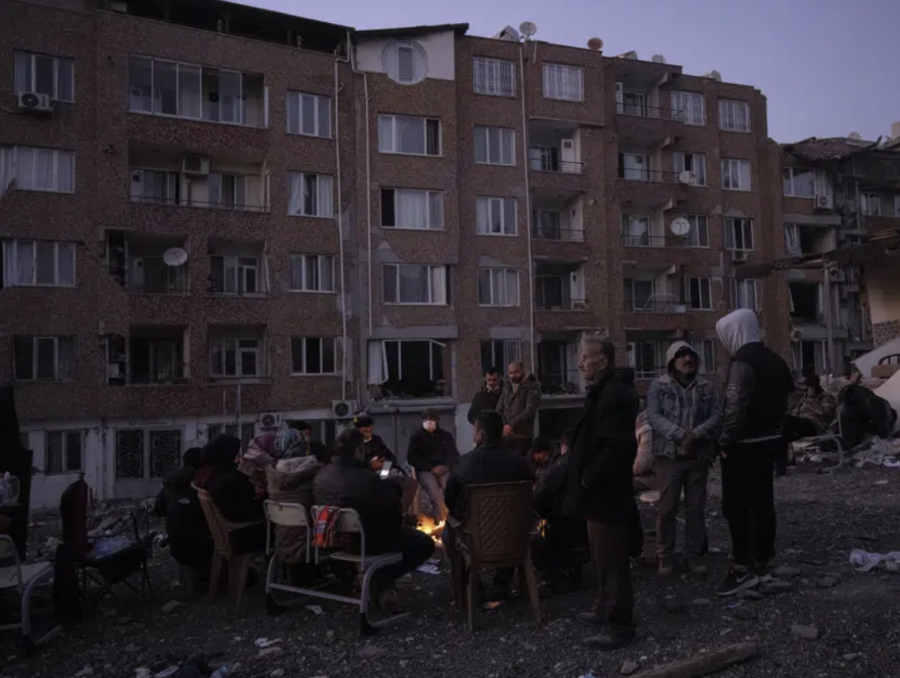Post-Earthquake Realities in Syria and Turkey
March 6, 2023
On February 6, 2023, a 7.8 magnitude earthquake decimated Southeastern Turkey and Northwestern Syria, according to the Center for Disease Control and Prevention (CDC). As of February 14, the death toll is over Thirty Nine Thousand as recorded in The Associated Press.
What lies in the immediate vicinity of affected Turkish and Syrian Citizens? Many victims of home destruction and lost loved ones refuse to leave amidst the disaster. A particular Turkish home owner, Hamid Yakisiki offered his experience to AP News. Yakisiki’s mother lost her life in the earthquake, due to issues with disaster relief, the mother remains in the wreckage. Yakisikis and his family remain at their destroyed home despite the destruction. Yakisiki stated, “We will not feel good about leaving. We must get her out and bury her and then we see what we have to do,” as qtd. in AP News.
Other civilians face the loss of their home and are forced out to live in community centers, which look more like camping sites. AP News Reports that, “The[Turkish] government said Wednesday that more than 5,400 shipping containers have been deployed as shelters and 200,000 tents dispatched.” Camps set up for disaster relief have been said to, “not have enough food, water, heating or basic amenities to keep [survivors] alive”, according to the National Press Release.
Turkey’s President, Recep Tayyip Erodgan, faces criticism due to “failure to provide necessary and basic relief.” In these unforeseen circumstances, quake victims are also facing the harsh weather conditions. As temperatures reach freezing during the nights, a villager of the Kahramanmaras province states, “Tents won’t work here. … People in tents will freeze to death.” as qtd in AP News.
With the help of the Turkish government and dozens of aid groups, President Recep Tayyip Erodgan says that, “2.2 million people had left the disaster zone. Of those, he said, the housing needs of 1.6 million had been fulfilled, including some 890,000 people placed in public facilities, such as student dormitories, and 50,000 in hotels.”
The future that lies ahead for Turkish and Syrian victims is uncertain. The mass destruction of homes, businesses, and community resources is dire, and will take an unknown amount of time to heal.
